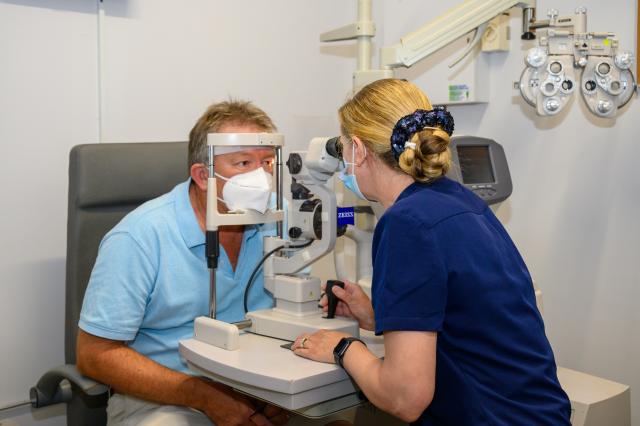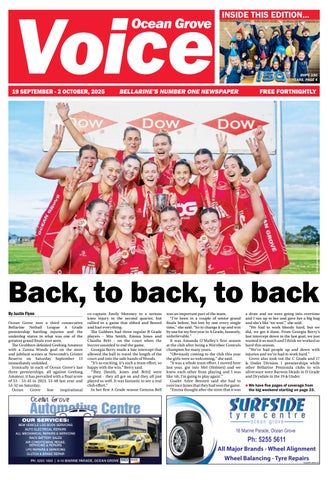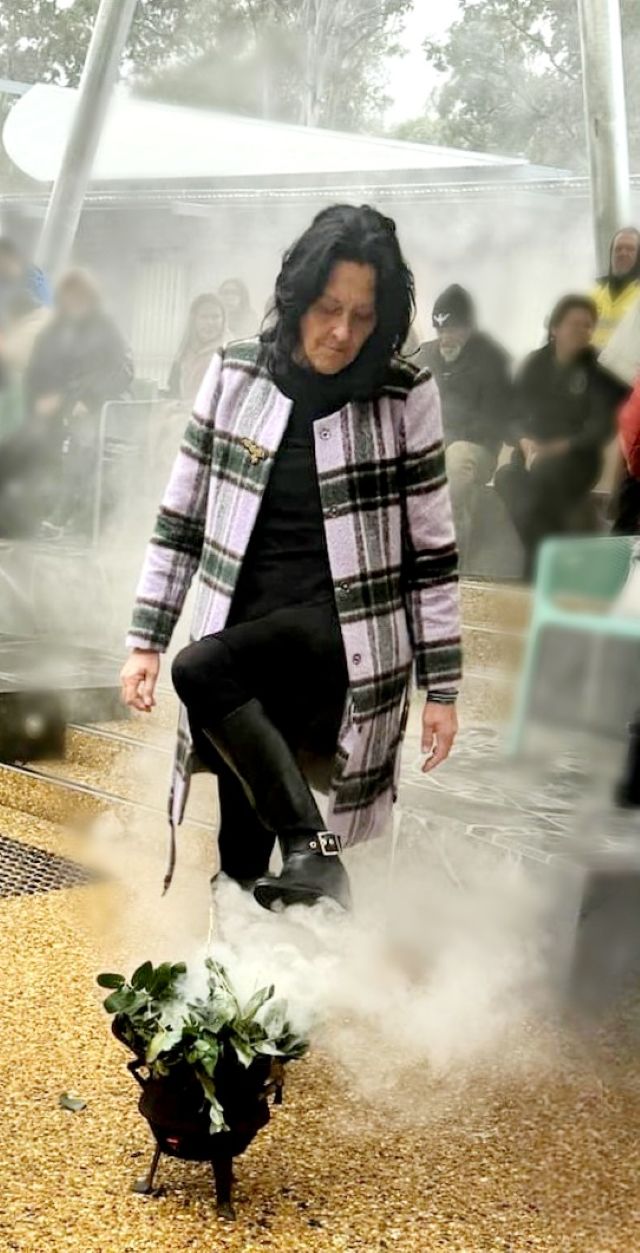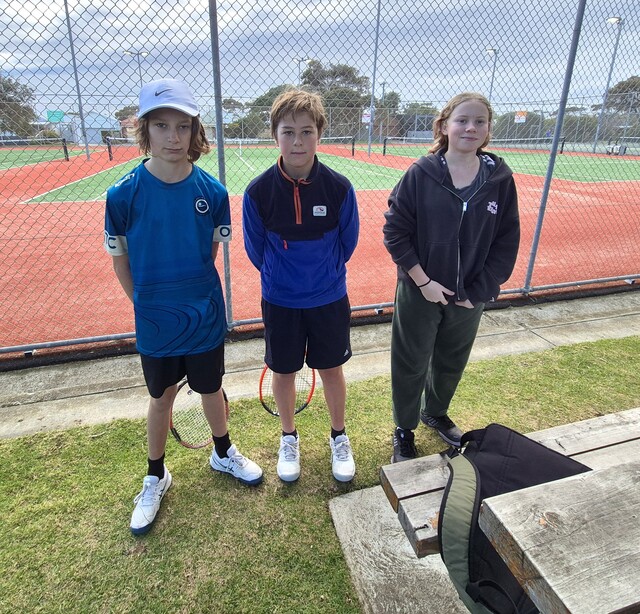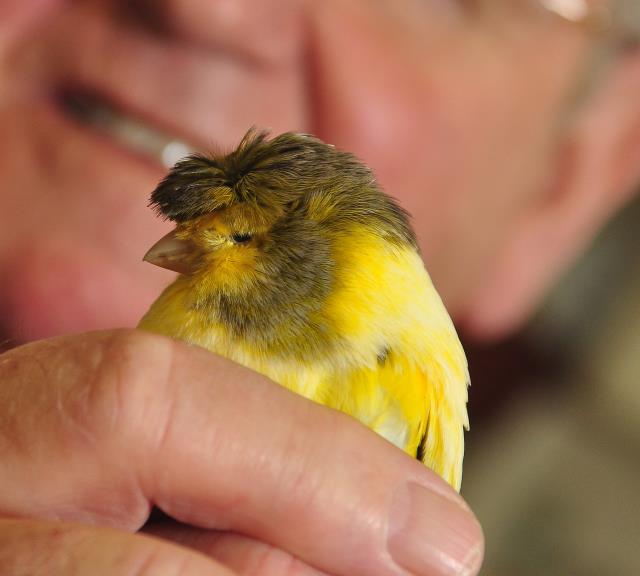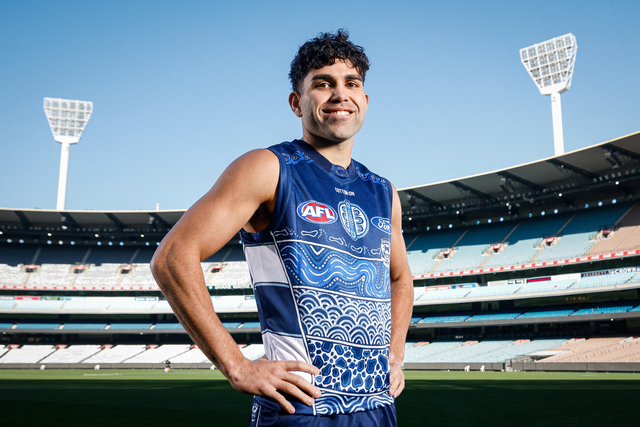With Ocean Grove and the Bellarine sweltering through another hotter than average summer, Ocean Eyes Optometrists is urging Aussies to stop turning a blind eye to the damaging effects of the Australian sun.
Though the majority of Australians are aware of the SunSmart mantra, Slip-Slop-Slap-Seek, many are unaware that their eyes are just as susceptible to sunburn as their skin, and they should also be Slip-Slop-Slap-Seek-Sliding a pair of sunglasses on to avoid sunburnt eyes.
While eye sunburn can be caused by direct ultraviolet light (UV) exposure from the sun, reflective light from various surfaces can also wreak havoc on our eyes, potentially leading to conditions such as cataracts, pterygia, photo-keratitis and macular degeneration.
Surfaces such as concrete can reflect eight-12 per cent of the sun’s UV rays, additionally, dry sand can reflect 15-18 per cent, water 25-30 per cent and grass two-five per cent.
“In Australia, we are exposed to some of the highest levels of UV in the world and our eyes are at risk of developing issues when left unprotected over long periods of time,” says optometrist Anthony Dowling.
“In the same way we protect and cover our skin, particularly in summer, the underlying sun-exposure risks to skin is the same for our eyes, however, our eyes are more sensitive to UV damage than our skin, so we need to protect them with sunglasses.”
Optometrist Letitia Dowling said: “While UV radiation can still cause damage on cold and cloudy days, UV levels are intensified in summer and not wearing quality shades in summer is like heading out on a sunny day and not wearing a hat and sunscreen.
“When there are options available which are both protective and fashionable, there is no excuse for taking the risk.
“When looking for a new pair of sunglasses, make sure you look at the swing tag category number. A category three or four lens will not only reduce glare but will also protect you against the Australian sun’s harsh UV rays – what sunglasses are intended to do.”
Ocean Eyes Optometrists urges Australians of all ages to protect their eyes year-round when outdoors – particularly when UV levels are at their highest between 8am-10am [AEST] and 2pm-4pm [AEST].
For further information on how to protect your eyes this summer, visit Ocean Eyes Optometrists for expert advice or head to www.goodvisionforlife.com.au.
To arrange an appointment call 5255 5655 or visit www.oceaneyes.com.au.


